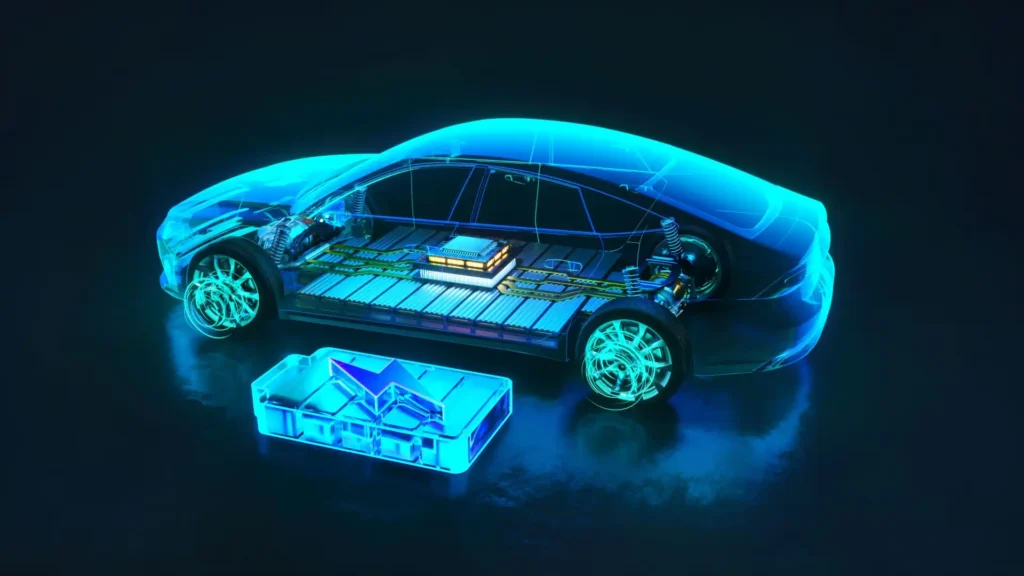Messi Biology has highlighted a significant advancement in solid-state battery technology, addressing a critical bottleneck that has hindered its development. As the demand for new energy vehicles and energy storage technology grows, the next generation of solid-state batteries has become a key focus for the industry. These batteries promise higher energy density (potentially exceeding 400Wh/kg) and enhanced safety compared to traditional liquid lithium-ion batteries.

However, a crucial challenge remains: the significant decrease in ionic conductivity of the electrolyte at high temperatures. For instance, common sulfide solid electrolytes experience structural collapse at temperatures above 800°C. The high-temperature environments found in automobile engine compartments or energy storage power stations can easily compromise battery performance.
To overcome this “high-temperature curse,” researchers have discovered that combining nano-magnesium oxide with perovskite materials offers a perfect solution. While perovskite materials possess excellent ion-conduction capabilities, they are prone to phase changes at high temperatures. Nano-magnesium oxide, with its high melting point of 2852°C and strong chemical stability, acts as a “scaffold” to stabilize the crystal structure of the perovskite, preventing deformation at elevated temperatures.
Furthermore, the dielectric properties of nano-magnesium oxide reduce the resistance of ion transmission. This allows the composite electrolyte to maintain a high ionic conductivity of over 10⁻³S/cm even at an extreme temperature of 1200°C. This level of performance is sufficient to meet the efficient charging and discharging demands of solid-state batteries and can even be adapted for the high-temperature conditions of desert energy storage stations.
Hebei Messi Biology Co., Ltd.’s high-purity nano-magnesium oxide products have demonstrated unique advantages in this technology. The company has developed surface-modified nano-magnesium oxide specifically for perovskite composite applications. Through a special hydroxylation treatment, the surface of the magnesium oxide particles forms uniform active sites, which increases the interfacial bonding energy with the perovskite by more than 30%. This significantly reduces the interfacial impedance during ion transport.
Additionally, the company’s products exhibit high batch stability, with a particle size deviation controlled within ±5nm. This ensures consistent performance in every batch of composite electrolyte, laying the foundation for the industrial mass production of solid-state batteries. Currently, university research teams using Messi Biology’s magnesium oxide to prepare perovskite composite electrolytes have conducted 500 cycles of testing at 1200°C. The results show an ionic conductivity decay rate of only 8%, which is significantly lower than the 25% decay rate observed when using ordinary magnesium oxide.
From “self-healing windows” in aerospace to “weather-resistant components” in smart grids, and now as a “high-temperature bodyguard” for solid-state batteries, nano-magnesium oxide is reshaping the landscape of high-end materials with its innovative applications. Hebei Messi Biology Co., Ltd., with its precise control over the quality and technological innovation of magnesium oxide, not only provides reliable raw material support for these cutting-edge technologies but also establishes a competitive position for “Made in China” high-end magnesium oxide in the global materials market. As technology continues to advance, we may see the significant value created by these “small particles” in more applications, from aerospace to subterranean equipment.
